Abaqus Fire analysis
Fire analysis is a crucial process in evaluating the performance of structures under fire conditions. It involves using computer models to simulate the effects of heat and flames on materials and structures. Fire analysis typically consists of two main steps: heat transfer analysis to estimate the propagation of heat in the structure and structural analysis taking into account the effects of heat and mechanical loads. The goal of fire analysis is to assess the response of structures in real fire scenarios and to develop effective strategies to improve their fire resistance and safety.
The importance of fire analysis lies in its ability to identify potential weaknesses and vulnerabilities in structures under fire conditions. By evaluating the behavior of structures during a fire, engineers can design and implement measures to enhance their fire resistance and safety. Fire analysis is essential in the design and evaluation of buildings, bridges, and other structures to ensure that they can withstand fire hazards and protect human life and property.
Fire analysis in Abaqus
In Abaqus, fire analysis typically involves two main steps: (i) heat transfer analysis to estimate the propagation of heat in the structure, and (ii) structural analysis taking into account the effects of heat and mechanical loads. Abaqus provides a range of analysis tools and features to simulate complex thermal and structural behavior under fire conditions, such as temperature-dependent material properties, heat transfer models, and boundary conditions. Fire analysis in Abaqus is widely used in the design and evaluation of buildings, bridges, and other structures to ensure their fire resistance and safety. You can learn more by reading the description of the workshops.
Workshop 1: concrete beam fire analysis
This tutorial examines the simulation fire analysis of a concrete beam in the Abaqus-Temperature and Stress analysis. Concrete has low thermal conductivity, so in reinforced concrete structures, the concrete cover acts as insulation to the reinforcing bars during a fire. Generally, concrete buildings perform well in real fire incidents, and collapse is rare. Researchers have been interested in modeling the behavior of reinforced concrete under fire for over 30 years. The modeling process involves two steps: (i) defining the realistic fire exposure boundary conditions and the heat transfer properties of concrete to estimate heat propagation at different positions of the element and time intervals, and (ii) analyzing the element’s structural and mechanical properties while considering the simultaneous effects of heat and mechanical loads. The concrete beam is modeled using a three-dimensional solid part.
The initial simulation involves using a heat transfer step to model the fire condition and temperature analysis. The thermal properties are utilized in the thermal analysis, and the fire condition is assigned to the bottom surfaces of the beam using a temperature diagram for a duration of two hours. Following the completion of the thermal simulation, all results including nodal temperature and heat flux can be obtained.
In the second simulation, the Concrete Damaged Plasticity (CDP) data is taken into account, which depends on temperature. The elasticity and expansion properties, which are also temperature-dependent, are incorporated to account for the effects of heat on them. By using the temperature-dependent elasticity, expansion, and CDP model, the temperature from the thermal simulation in the fire situation can be translated into stress and strain. The structural analysis is modeled using a general static step with some changes in the convergence model. Fixed boundary conditions are applied to both ends of the beam. The results obtained from the thermal analysis are then transferred to the structure model for analysis.
Following the simulation, various results such as stress, strain, plastic strain, displacement, and more are obtained. These results are a consequence of the temperature increase during the fire analysis.
Workshop 2: Fire simulation of an RC beam
This tutorial focuses on studying the fire condition simulation of a reinforced concrete (RC) beam, which consists of concrete and steel bars, using Abaqus-Thermal analysis. The concrete beam is modeled as a three-dimensional solid part, while the steel bars are modeled as three-dimensional solid parts as well. To account for heat transfer in the steel bars during the analysis, it is necessary to use solid parts and elements since wire parts and truss elements cannot consider heat transfer.
In order to model the behavior of concrete under fire conditions, appropriate materials must be used. For this purpose, specific heat and conductivity values that are dependent on temperature are utilized. Similarly, specific heat and conductivity are also used for the steel bars. A heat transfer step lasting two hours is selected, and three types of heat transfer methods are applied. The convection method, using the fire condition as a film condition and applying the fire temperature amplitude, is chosen. Radiation is applied to the surfaces of the concrete beam, and conduction between the steel bars and the concrete beam is also considered. Fixed boundary conditions are assigned to both ends of the beam, and the entire model is given an initial temperature. To obtain accurate results, the mesh should be fine.
Once the simulation is completed, various results become available, including nodal temperature, element temperature, increasing temperature of the concrete beam, temperature distribution in the steel bars, and more.
It would be useful to see Abaqus Documentation to understand how it would be hard to start an Abaqus simulation without any Abaqus tutorial.
Moreover, if you need to get some info about the FEM, visit this article: “Introduction to Finite Element Method | Finite Element Analysis”. You don’t know which Abaqus software editions are suitable for you, Do not worry! This article would give you info about Abaqus editions: “How to download Abaqus? | Abaqus student & commercial edition” . One note, when you are simulating in Abaqus, be careful with the units of values you insert in Abaqus. Yes! Abaqus don’t have units but the values you enter must have consistent units. You can learn more about the system of units in Abaqus.

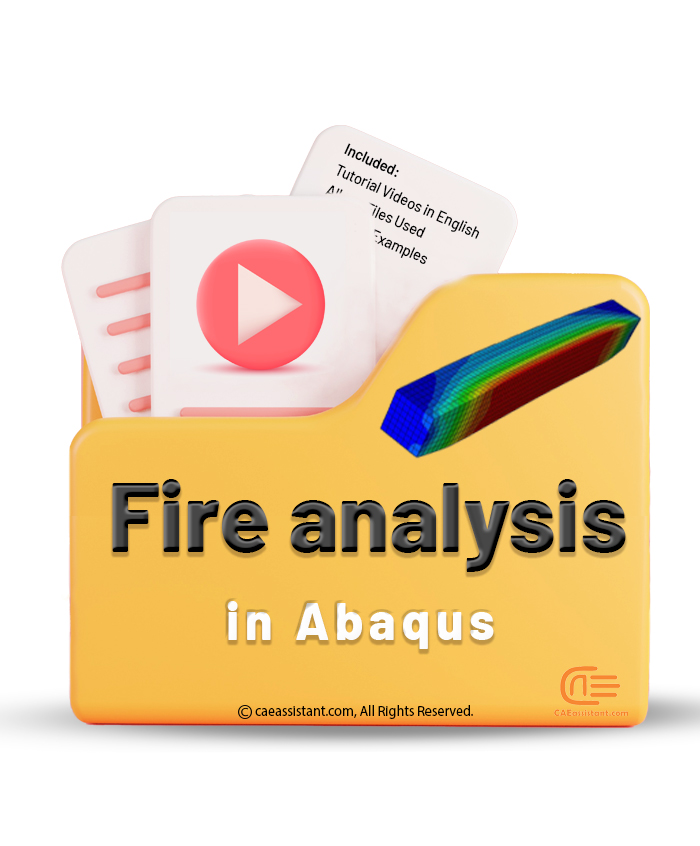
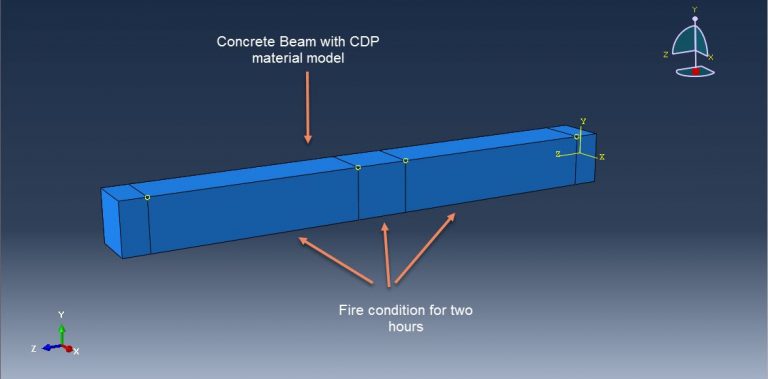

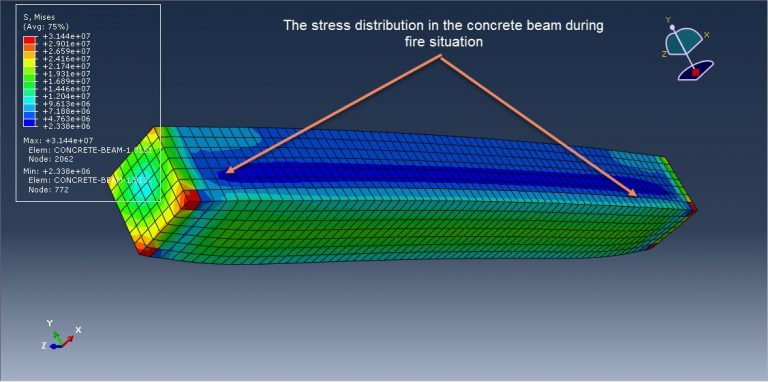
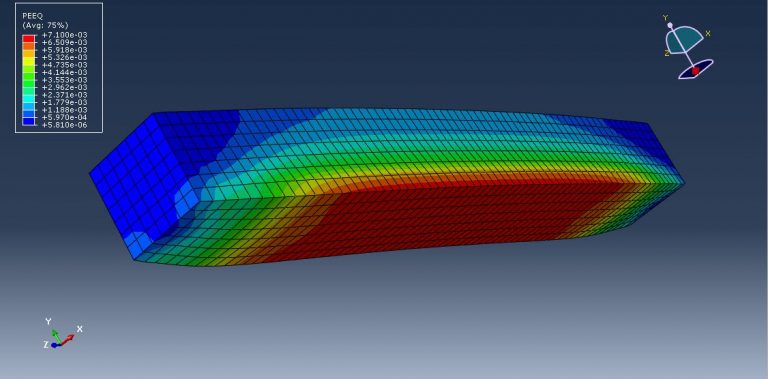
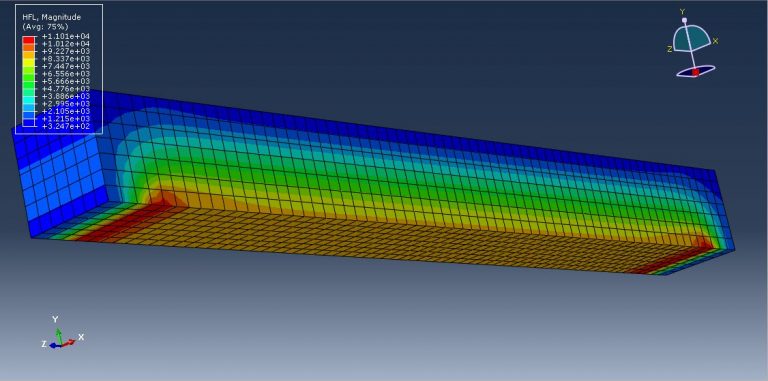
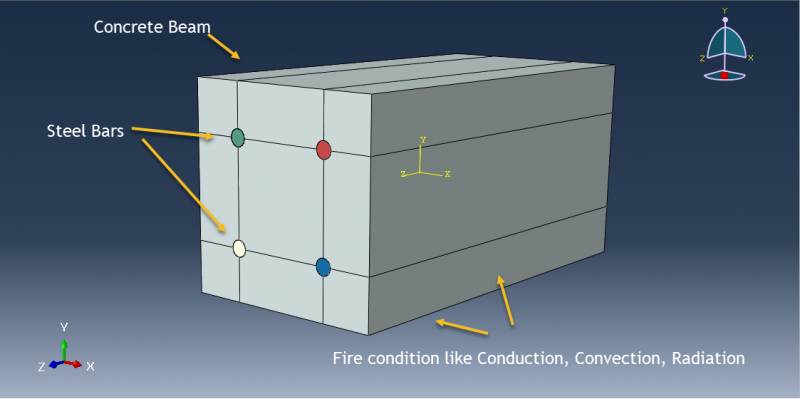
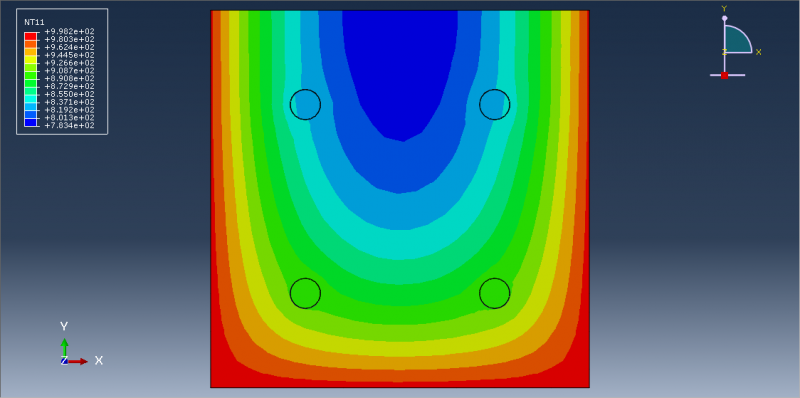
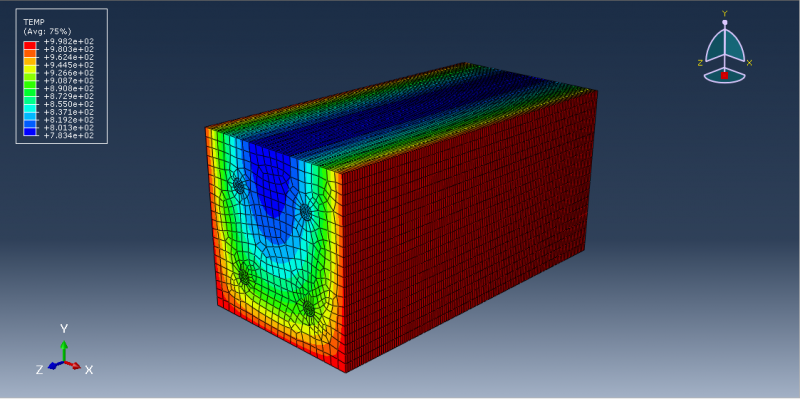
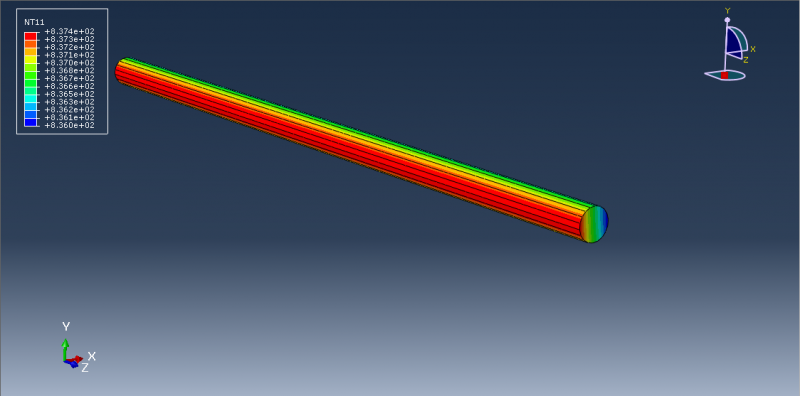
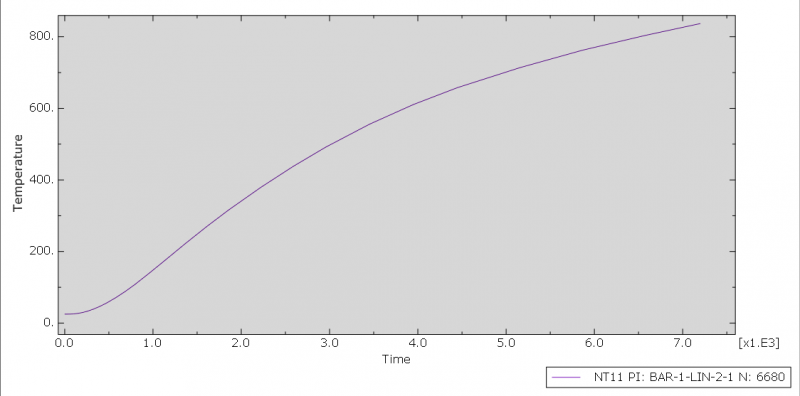













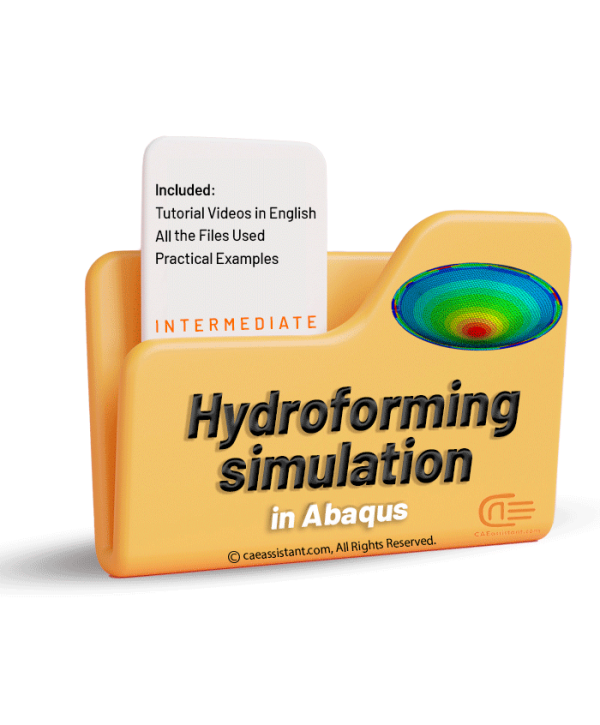
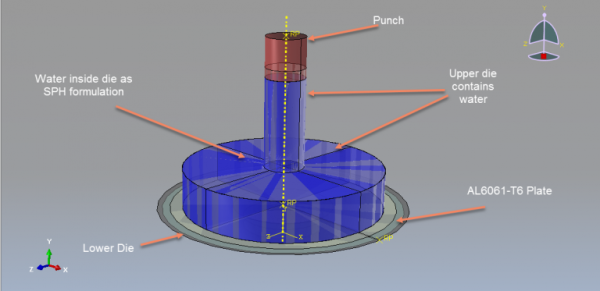
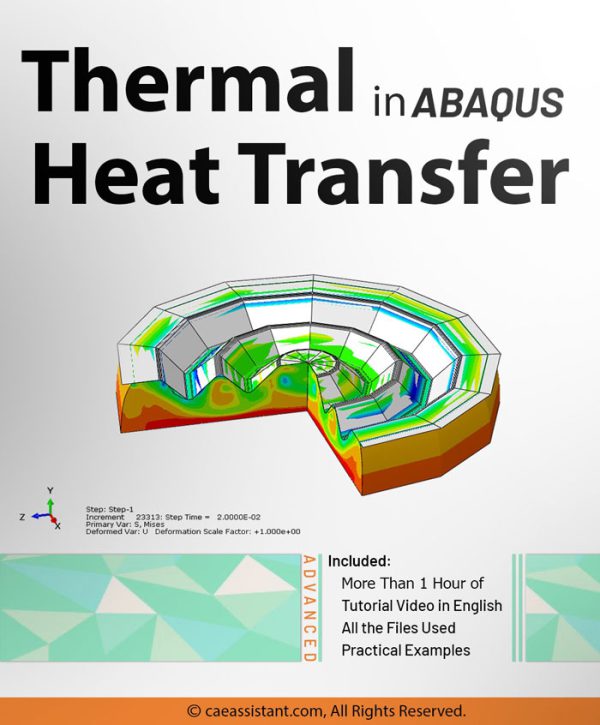



André –
This is a unique educational package! With it, we can analyze the effects of heat and mechanical loads resulting from fire on structures and identify the necessary measures to increase their resistance and safety. Undoubtedly, this is the most comprehensive package available in this regard. Thank you for providing this excellent package.
Experts Of CAE Assistant Group –
Thanks for valuable explanation!